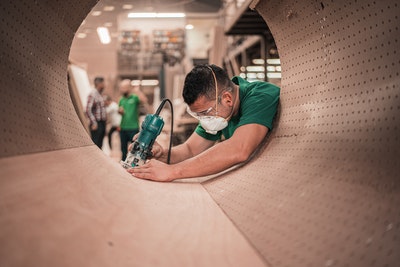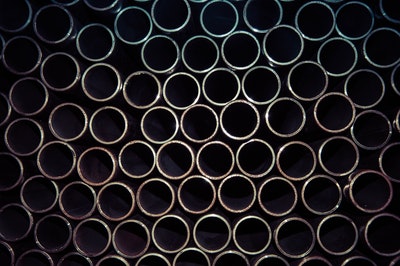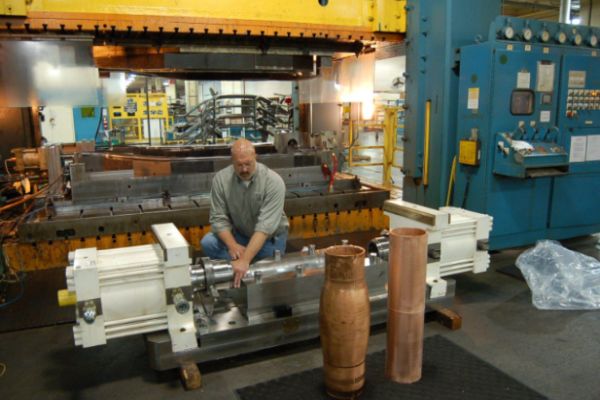How to Choose a Conveyor Belt from Suppliers?
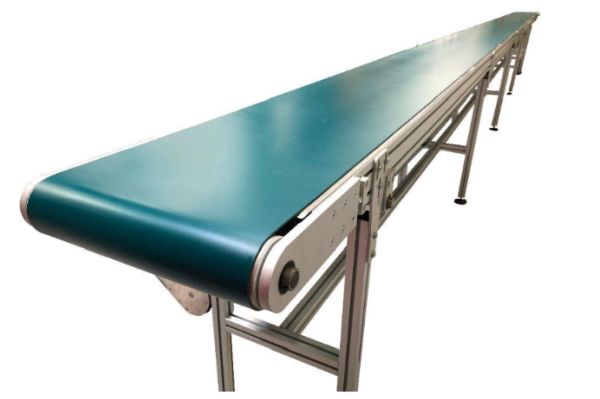 Are you shopping for a conveyor belt?
Are you shopping for a conveyor belt?
These systems are of vital importance in many industries due to their role in operational efficiency and material handling.
There is an array of considerations to take into account when purchasing such a machine, including product specifications, the type, the operating environment, tensile strength, maximum working tension, energy efficiency, and others.
Selecting the right type is vital for the conveyor to be a good fit for your industry.
The tips below might be of assistance in your shopping journey.
Consider product specifications
The first aspect to consider when choosing a conveyor belt is your product specifications. Businesses should factor in the product’s length, width, height, and type.
The weight of the product plays an important role as well, given it determines the required size of the conveyor motor. The bulkiness of the conveyed material should be factored in as well.
It refers to any special characteristics the material might have that require materials to be handled in a specific way.
For instance, the material might have a high content of moisture or be explosive. Some products need to be conveyed gently due to their fragile nature. Others might be abrasive or corrosive.
Learn more info about corrosion. Certain conveyor belts aren’t designed to handle fragile materials in a gentle manner, such as cereals, coffee, or nuts. Therefore, you should steer clear of models that might cause product loss or material breakage.
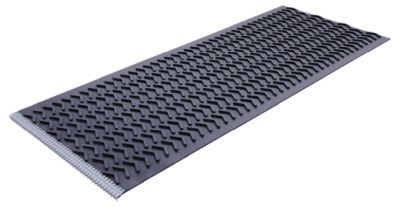 Consider the type
Consider the type
There are several types of conveyor belts used for different industrial applications. The efficiency of these systems is responsible for improving productivity and reducing labor costs.
The roller bed model has a surface that matches the speed and weight requested by the product.
The belt’s length determines how many rollers would be used. This model is designed for specific applications where materials need to be moved over a long distance, given it reduces friction.
Flat conveyor belts are made from both synthetic and natural materials. They rely on multiple pulleys for moving supplies. The flat models are extremely adaptable and versatile, which explains their wide range of applications.
In contrast, the modular conveyor belt is made of hard plastic pieces, which can be replaced or removed easily. The used material stands up against abrasive and sharp substances. It can be used in different configurations, such as in a straight line, up, down, around corners, etc.
Cleated conveyor belts are recommended for the transport of fragile and delicate products. These models come with pockets, dividers, and sections to make sure granular products are secure when the belt declines or inclines.
Conversely, curved models are manufactured to transport products around corners, use floor space as efficiently as possible, make transfers, etc. These systems can make turns at 90˚, 135˚, 180˚, and 450˚ angles.
Filter conveyor belts aren’t conventional, as they enable materials to pass through, as it’s the only way to drain the extra liquid from the moving components or to filter out the contaminants and toxins.
They are manufactured with holes in the belt’s center for fluids to be free to escape. Sidewalls are also used to impede liquids from spilling over the sides.
Ultimately, anti-static models are manufactured from materials containing no carbon particles. Their role is to prevent electrostatic charge from being created between the bed and the belt.
Even when the electrostatic charge is low, it might create sparks that lead to hazards.
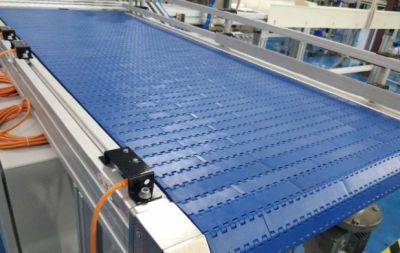 Don’t neglect the operating environment
Don’t neglect the operating environment
The operating environment is of tremendous importance when choosing a conveyor belt. It’s paramount for the chosen system to fit its application.
Some businesses operate in anti-static environments, while others are considered high-risk because of the flammable particles present in the atmosphere.
When shopping for a conveyor belt, check whether your product is sensitive to vibrations or high temperatures.
In some cases, the material is supposed to be kept clean, safe, and free of contaminants. The major goal is not to put the health and safety of workers at risk.
Check their tensile strength and maximum working tension
The tensile strength and maximum working tension of conveyor systems are important factors in the decision-making process. The former explains the maximum force that such a system can withstand prior to losing its structural integrity.
The more this system loses its integrity, the higher the chances of the belt breaking or stretching.
While tensile strength refers to the strength limitations of the system at rest, the latter stands for the maximum tension it can withstand while in use without experiencing damage.
There are custom belt fabricators, such as https://beltingedge.com, catering to multiple industries. The machines used in heavy industries should feature high ultimate tensile strength and maximum working tension ratings.
Consider energy efficiency
Another factor to take into account is the energy efficiency of the system. It’s crucial to consider how much energy will your new conveyor use.
Most models have a point at which they become inefficient. Besides energy consumption, you should also consider how much time it takes for the product to arrive at its destination.
Keep in mind that energy efficiency isn’t the most significant factor if the system needs to keep running at maximum speed.
Check flexibility and pliability
Last but not least, the flexibility and pliability of the belt are incredibly important if you plan to manipulate yours into a particular shape to facilitate the transportation of materials.
If your facility makes such requirements, the system has to meet them. It should be manipulated easily into the desired shape whenever necessary.
Nevertheless, the conveyor has to maintain a rigid structure when bent, not sag. In most industries, businesses require conveyor belts to change direction or find their way around corners.
The materials and products need to maintain the right orientation throughout the process, which might require an installation of structural elements.
Final thoughts
Purchasing the best conveyor belt is of tremendous assistance for businesses in numerous industries.
It minimizes labor costs and improves productivity in various facilities!


